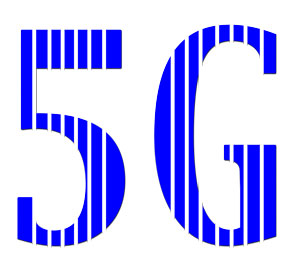By: John Shepler
The internet is great for connecting, but it’s not always reliable. While it provides widespread access, low costs, and supports most applications, it can fall short when high performance and reliability are crucial. Issues like latency, packet loss, and congestion can hinder or even prevent interactive applications from working correctly. The solution? Private networks.
The internet is a public network, accessible to almost anyone. All you need is an account with an internet service provider. Its strength lies in its global reach, built over decades. Everyone has equal footing – average users, corporations, and even connected devices. This principle is called network neutrality. The only things you can pay extra for are a faster connection to the internet backbone and more bandwidth.
While this equality is generally beneficial, it can lead to performance issues. When numerous users demand high bandwidth simultaneously, like during a live-streamed event or peak backup times, connections can suffer. This is especially problematic for applications requiring high speeds and low latency, such as video conferencing, gaming, remote surgery, financial trading, or controlling electric vehicles.
Private networks offer an alternative. Unlike your company’s LAN, which is isolated and typically offers sufficient bandwidth, private networks extend this concept across cities or even countries. Instead of building it yourself, you can partner with a network provider who offers dedicated point-to-point connections. While sharing infrastructure, you receive guaranteed bandwidth and network characteristics like low latency and minimal packet loss.
Types of Private Networks
While older technologies like T1 lines and SONET fiber were once prevalent, today, Ethernet over Fiber and MPLS networks are the most popular choices.
Ethernet over Fiber mirrors your LAN’s protocol, simplifying integration. It supports various configurations like point-to-point, point-to-multipoint, and mesh networks, offering speeds from 10 Mbps to 10 Gbps, with 100 Gbps becoming more common. Popular uses include connecting to cloud providers, linking business locations, and content delivery.
MPLS networks are specialized for wide-area connectivity, even internationally. Their unique protocol enhances security compared to standard IP networks. Though shared, these networks guarantee each customer their contracted bandwidth. MPLS networks with Ethernet access points offer extensive coverage at a lower cost than multiple private lines.
5G Slicing as the New Private Network
The rise of mobile applications requires wireless connectivity. While 4G LTE and now 5G offer significant improvements, they still rely on the internet with its inherent limitations. Bandwidth constraints and congestion can impact application performance, especially in busy areas. 5G slicing addresses this by reserving a portion of bandwidth for private use, for an additional fee.
Think of it as having a dedicated lane on a congested highway. 5G slicing offers a faster path to the internet or can create a private network or connection to a private fiber network. It’s essentially your LAN without wires, accessible over a wide area.
Some organizations are implementing private 5G networks on their premises for similar benefits. 5G slicing expands this concept, providing connectivity on the go, including for vehicles, smartphones, tablets, and various devices that struggle with traditional internet connections.
Issues with 5G Slicing
As 5G slicing is still in its early stages, availability might be limited. One concern is the potential for congestion if everyone seeks a private slice of the bandwidth. While 5G offers more bandwidth, especially on higher frequencies, it’s not unlimited. This scarcity drives the push for more 5G frequencies, including some currently allocated to the military.
Network neutrality also poses a challenge. Allowing paid prioritization through 5G slicing contradicts the principle of a neutral internet. While regulators currently accept it with some conditions, the increasing privatization of wireless spectrum might face opposition.
Would your business benefit from private networking? Explore the available bandwidth services for your locations today.


